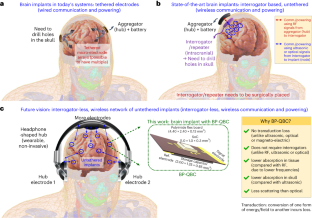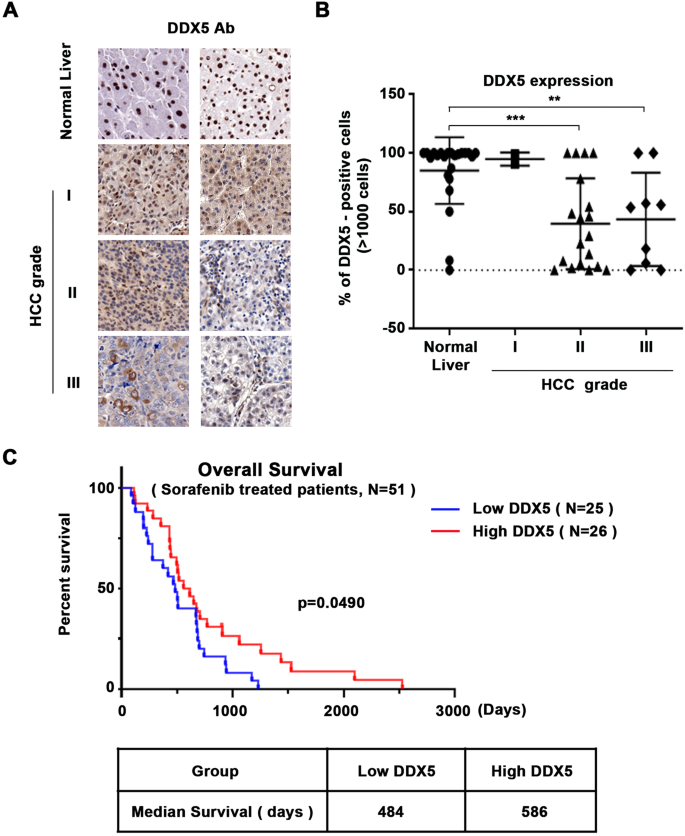2023-12-04 パデュー大学
◆もう一つの発明は、数十年後に考えでテクノロジーを制御できる脳インプラントの概念。
◆これにより、スクリーンや音声コマンドではなく、触れることや思考だけでデバイスを操作できる可能性がある。これらの技術は、Bluetoothよりも低周波の電気信号を利用し、皮膚を「ボディインターネット」のインターフェースに変えることができる。
<関連情報>
- https://www.purdue.edu/newsroom/releases/2023/Q4/body-internet-may-eliminate-the-need-for-smartphones-by-changing-how-we-use-technology.html
- https://www.nature.com/articles/s41928-023-01000-3
エネルギー効率の高いワイヤレス神経インプラントのための二相準静的脳通信 Biphasic quasistatic brain communication for energy-efficient wireless neural implants
Baibhab Chatterjee,Mayukh Nath,Gaurav Kumar K,Shulan Xiao,Krishna Jayant &Shreyas Sen
Nature Electronics Published:31 August 2023
DOI:https://doi.org/10.1038/s41928-023-01000-3

Abstract
Wearable devices typically use electromagnetic fields for wireless information exchange. For implanted devices, electromagnetic signals suffer from a high amount of absorption in tissue, and alternative modes of transmission (ultrasound, optical and magneto-electric) cause large transduction losses due to energy conversion. To mitigate this challenge, we report biphasic quasistatic brain communication for wireless neural implants. The approach is based on electro-quasistatic signalling that avoids transduction losses and leads to an end-to-end channel loss of only around 60 dB at a distance of 55 mm. It utilizes dipole-coupling-based signal transfer through the brain tissue via differential excitation in the transmitter (implant) and differential signal pickup at the receiver (external hub). It also employs a series capacitor before the signal electrode to block d.c. current flow through the tissue and maintain ion balance. Since the electrical signal transfer through the brain is electro-quasistatic up to the several tens of megahertz, it provides a scalable (up to 10 Mbps), low-loss and energy-efficient uplink from the implant to an external wearable. The transmit power consumption is only 0.52 μW at 1 Mbps (with 1% duty cycling)—within the range of possible energy harvesting in the downlink from a wearable hub to an implant.


